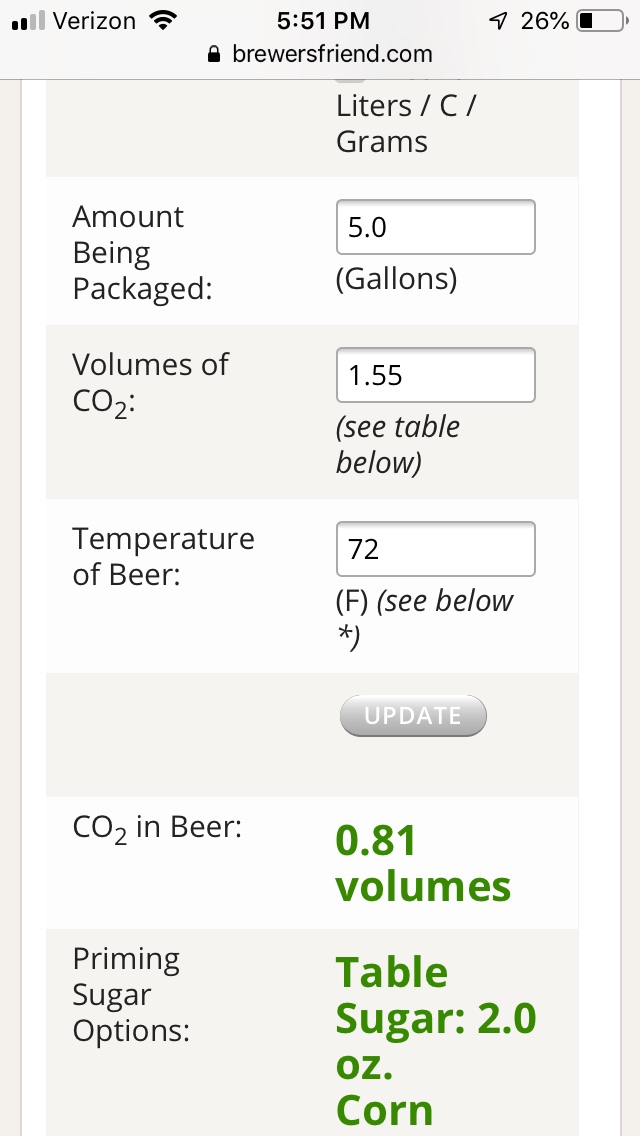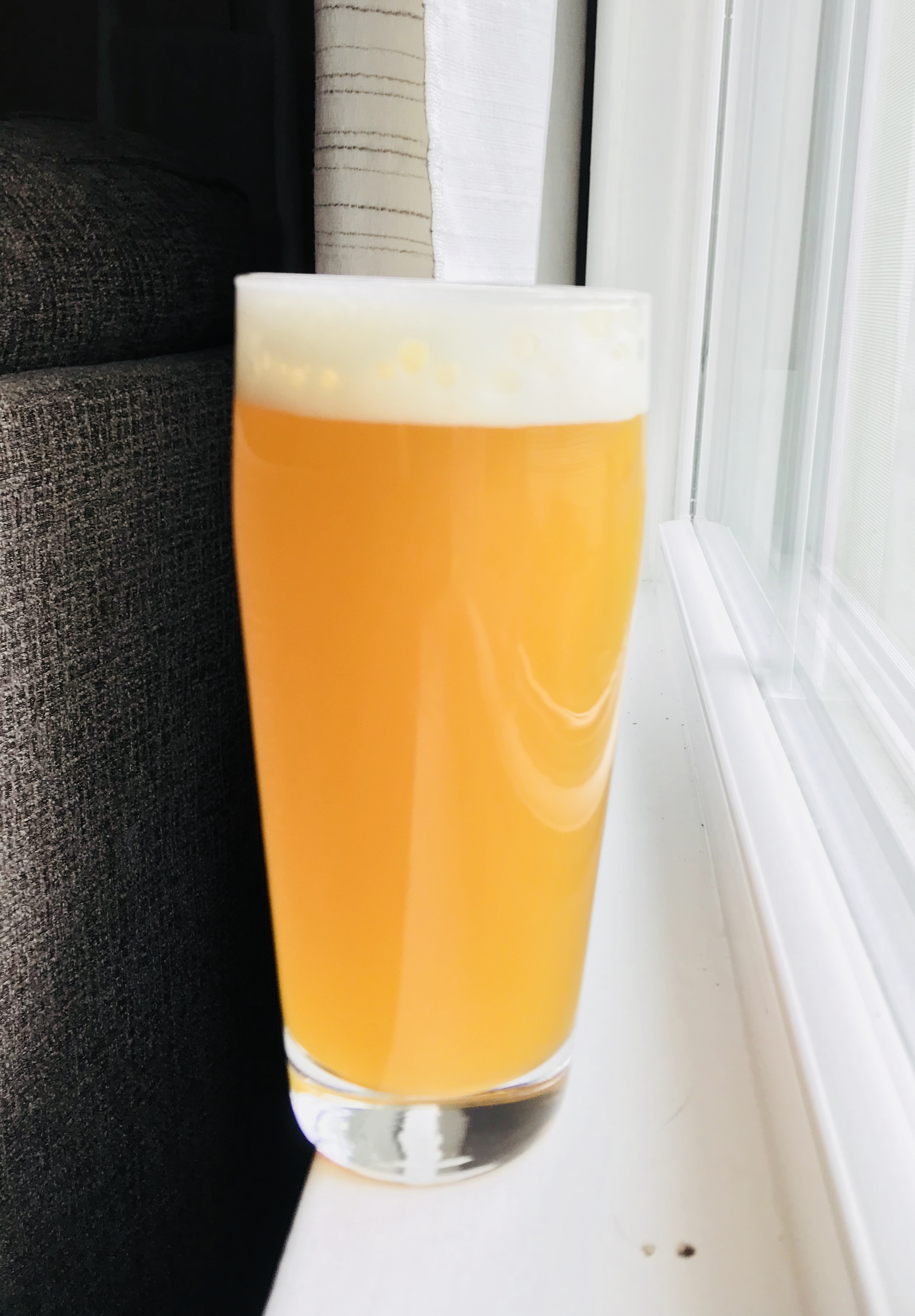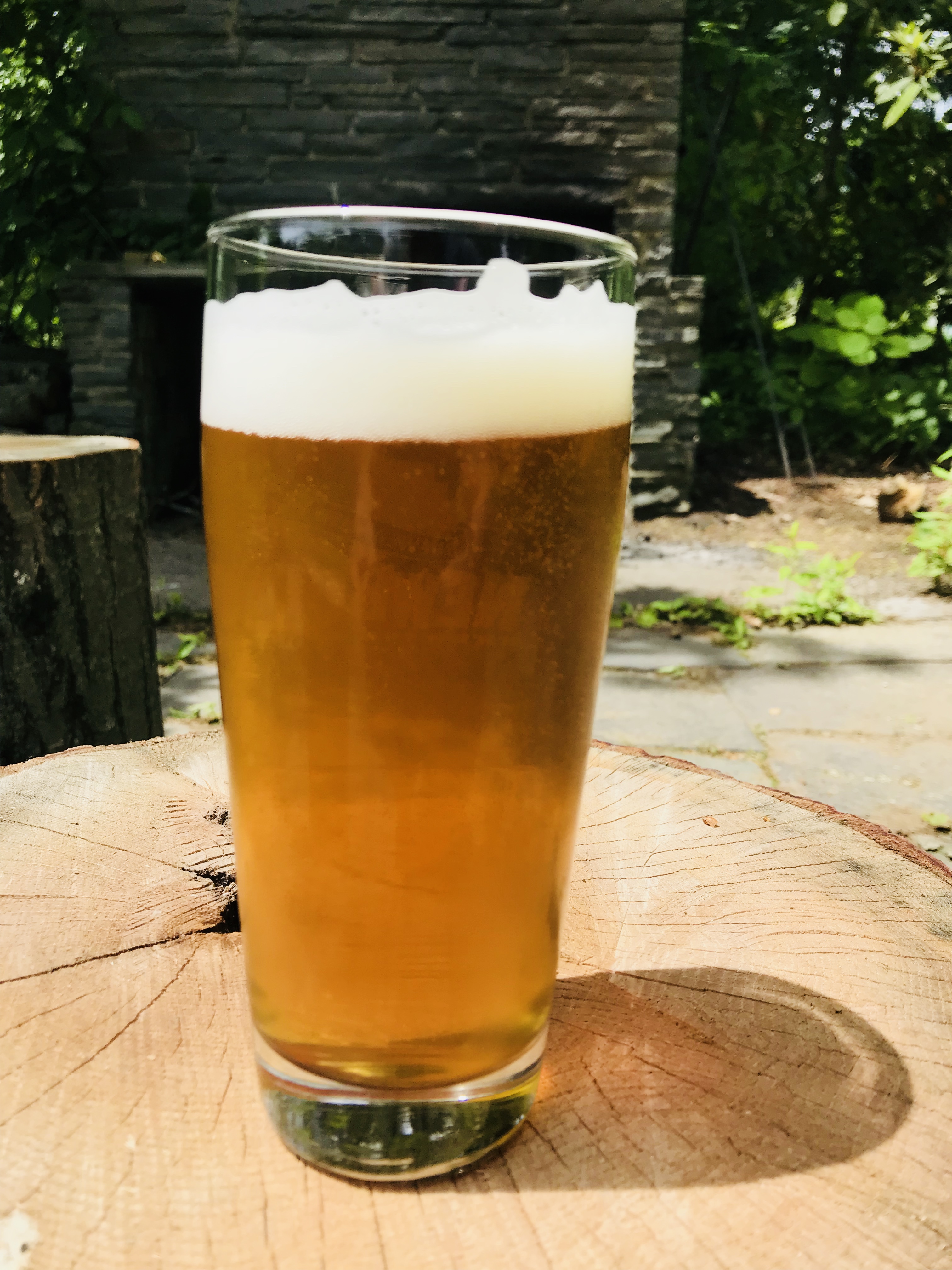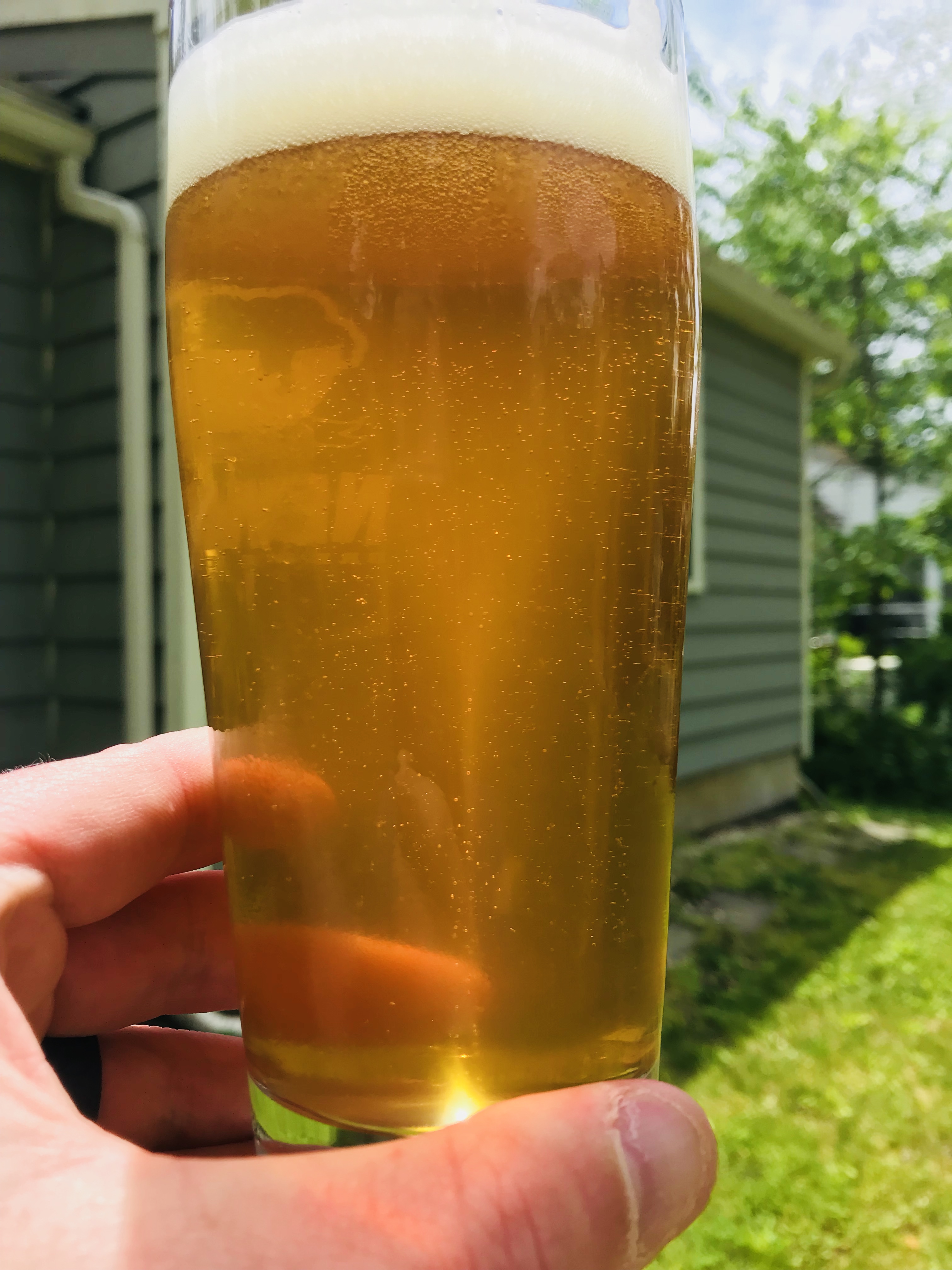Loud Brewing
Well-Known Member
I did, but unfortunately didnt get email until 40 minutes after they sent it and GONEPut an email notification on the pounders.

I did, but unfortunately didnt get email until 40 minutes after they sent it and GONEPut an email notification on the pounders.
I did, but unfortunately didnt get email until 40 minutes after they sent it and GONE
I have good results with 2 oz sucrose in a 5 gal corny. Let sit in the house for 2 weeks (72-72f) then put in KeezerHow are you guys carbonating.
I usually do slow carbonation with co2 but struggling with the warmer temps here now and no brew fridge.
Ive never naturally carbed a NEIPA
That’s a good amount. You’ll be around 2.0-2.2 vols which provides a nice mouthfeel for the styleI have good results with 2 oz sucrose in a 5 gal corny. Let sit in the house for 2 weeks (72-72f) then put in Keezer
I have good results with 2 oz sucrose in a 5 gal corny. Let sit in the house for 2 weeks (72-72f) then put in Keezer

Good looks. You can see how long it’s been since sugar primed a beer


















Seriously. I got the email and checked and everything was out of stock. I was like "oh I guess they haven't updated it yet".Yakima has 2019 Galaxy pellets in boys they are going fast.
Seriously. I got the email and checked and everything was out of stock. I was like "oh I guess they haven't updated it yet".
I find it very hard to believe that these big boys aren't using any flaked adjuncts. I did a very similar "exBEERiment" where I did the same recipe minus the flaked in a pale ale, and it dropped "clear" in 3 weeks also. The flaked version was still hazy 6 weeks in the keg.So just want to share this. So I was interested in some of the post here about not using flaked grain to achieve greater haze longevity, so this last beer I brewed it without any flaked and only malted grains (the recipe is a page or so back) Here are two pictures of the same beer taken 3 weeks apart, the first one taken 3 days after kegging. I even used the same glass so the light passing through it would be the same.
Fresh kegged
View attachment 630545
3 weeks later
View attachment 630546 View attachment 630547
So just want to share this. So I was interested in some of the post here about not using flaked grain to achieve greater haze longevity, so this last beer I brewed it without any flaked and only malted grains (the recipe is a page or so back) Here are two pictures of the same beer taken 3 weeks apart, the first one taken 3 days after kegging. I even used the same glass so the light passing through it would be the same.
Fresh kegged
View attachment 630545
3 weeks later
View attachment 630546 View attachment 630547
I’m sure I could, but that’s something I do not have to do when I use flaked wheat, barley, or oats. I generally get 2 months without any true noticeable drop in opaqueness and that’s usually when I’ll kick a kegCan you agitate the keg and restore your beer’s youth?
So just want to share this. So I was interested in some of the post here about not using flaked grain to achieve greater haze longevity, so this last beer I brewed it without any flaked and only malted grains (the recipe is a page or so back) Here are two pictures of the same beer taken 3 weeks apart, the first one taken 3 days after kegging. I even used the same glass so the light passing through it would be the same.
Fresh kegged
View attachment 630545
3 weeks later
View attachment 630546 View attachment 630547
I’m sure I could, but that’s something I do not have to do when I use flaked wheat, barley, or oats. I generally get 2 months without any true noticeable drop in opaqueness and that’s usually when I’ll kick a keg
Was there a difference in taste and mouthfeel?I’m sure I could, but that’s something I do not have to do when I use flaked wheat, barley, or oats. I generally get 2 months without any true noticeable drop in opaqueness and that’s usually when I’ll kick a keg
Mouthfeel was only slightly different. Missing the extra softnessbut still pretty good. Flavor is still good, the of Brightness of the hops were down.Was there a difference in taste and mouthfeel?
So just want to share this. So I was interested in some of the post here about not using flaked grain to achieve greater haze longevity, so this last beer I brewed it without any flaked and only malted grains (the recipe is a page or so back) Here are two pictures of the same beer taken 3 weeks apart, the first one taken 3 days after kegging. I even used the same glass so the light passing through it would be the same.
I'm assuming lots of wheat malt then?Never flaked adjuncts never drop in haze... 8+ weeks in the keg. It’s not necessary. No dry hopping during fermentation either. It’s definitely possible.
I'm assuming lots of wheat malt then?
- Day 10-11 - Crash it to around 58* hold for a day for the yeast to crash then add final dryhop (no more than 3-4oz & make sure to do LODO process). After 24hr crash completely - get the beer transferred off the final dryhop in under 48hrs
What does "crash completely" mean? Does that mean crash at 58 for longer than a day or does it mean crash at a temperature lower than 58 for some length of time?
2 Row
Dextrin Malt
2-4% crystal malt of choice
That’s it
How many oz did u dry hop with, which hops and when?So just want to share this. So I was interested in some of the post here about not using flaked grain to achieve greater haze longevity, so this last beer I brewed it without any flaked and only malted grains (the recipe is a page or so back) Here are two pictures of the same beer taken 3 weeks apart, the first one taken 3 days after kegging. I even used the same glass so the light passing through it would be the same.
Fresh kegged
View attachment 630545
3 weeks later
View attachment 630546 View attachment 630547
How many oz did u dry hop with, which hops and when?
What about calcium ppm in water?
How much whirlpool?6 oz total dryhop which is within my typical range. 2 oz of citra added on day 2 of fermentation (not what I typically do) Soft crashed on day 7. Added 2oz of citra with 3 days left to kegging. Added 2 oz of Chinook with 36 hrs left to kegging.
Calcium was at 90ppm
Only major difference in any of my process is a week ago I moved the keg to my local beverage center because they allowed me to can 12 -16oz cans of this beer and my stout. So the only thing that could have increased the floctuation would be any yeast or protein that settled to the bottom of the keg got stirred back in during the move and when it flocced back out it took more with it
How much whirlpool?
I have had a similar situation with about the same hops in dry hops but lower whirlpool whirpool (less then 6oz).
The one time I moved a crashed keg from one place to the other it made it more hazy, like resetting the cold crash process.
Should be more then enough.Last minute or so of boil, Flameout, and whirlpool was another 6 ounces